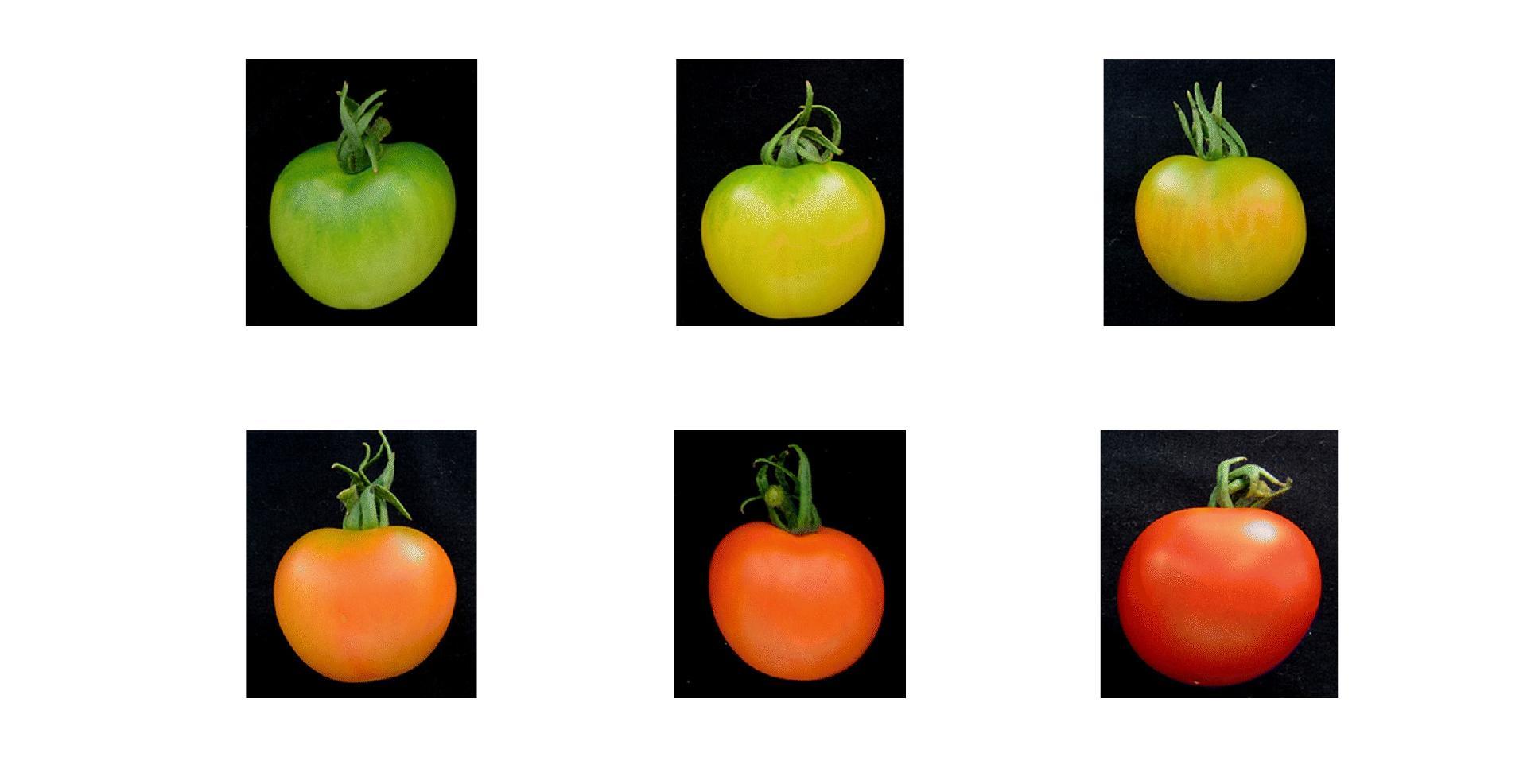Hi all,
I want to ask for help, I have a picture as had been upload in the link provided below. From the picture, there are 6 tomato pictures with small differences in color. I need to divide that picture into stages ripening. I am new to MATLAB and still learning about this image processing. Hopefully can get feedback from you all.
Thank you. Link to the image:

NOTE:-
You might take a look at colorcloud() to see how the 3-D color gamut moves as the ripeness changes. Assuming it moves somewhat "linearly" from the -a side to the +a side, I'd consider just getting the mean a value from the a image within the mask
labImage = rgb2lab(rgbImage); lImage = labImage(:, :, 1); aImage = labImage(:, :, 2); mask = lImage > 0.1; % Or whatever works. meanA = mean(aImage(mask));
Comments
Post a Comment